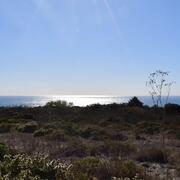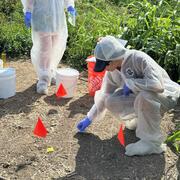FRESC Snake River Field Station
FRESC Cascadia Field Station
FRESC Olympic Field Station
Forest and Rangeland Ecosystem Science Center
Scientists from the Forest and Rangeland Ecosystem Science Center capitalize on their diverse expertise to answer scientific questions shaped by the environments of the western United States. We collaborate with each other and with partners to provide rigorous, objective, and timely information and guidance to support management, conservation, and restoration of the Nation's natural resources.






